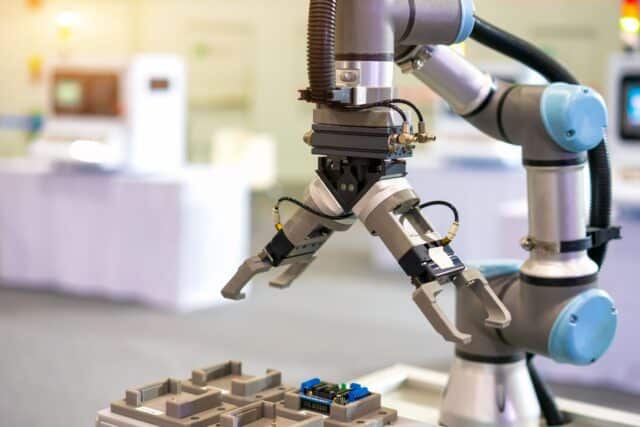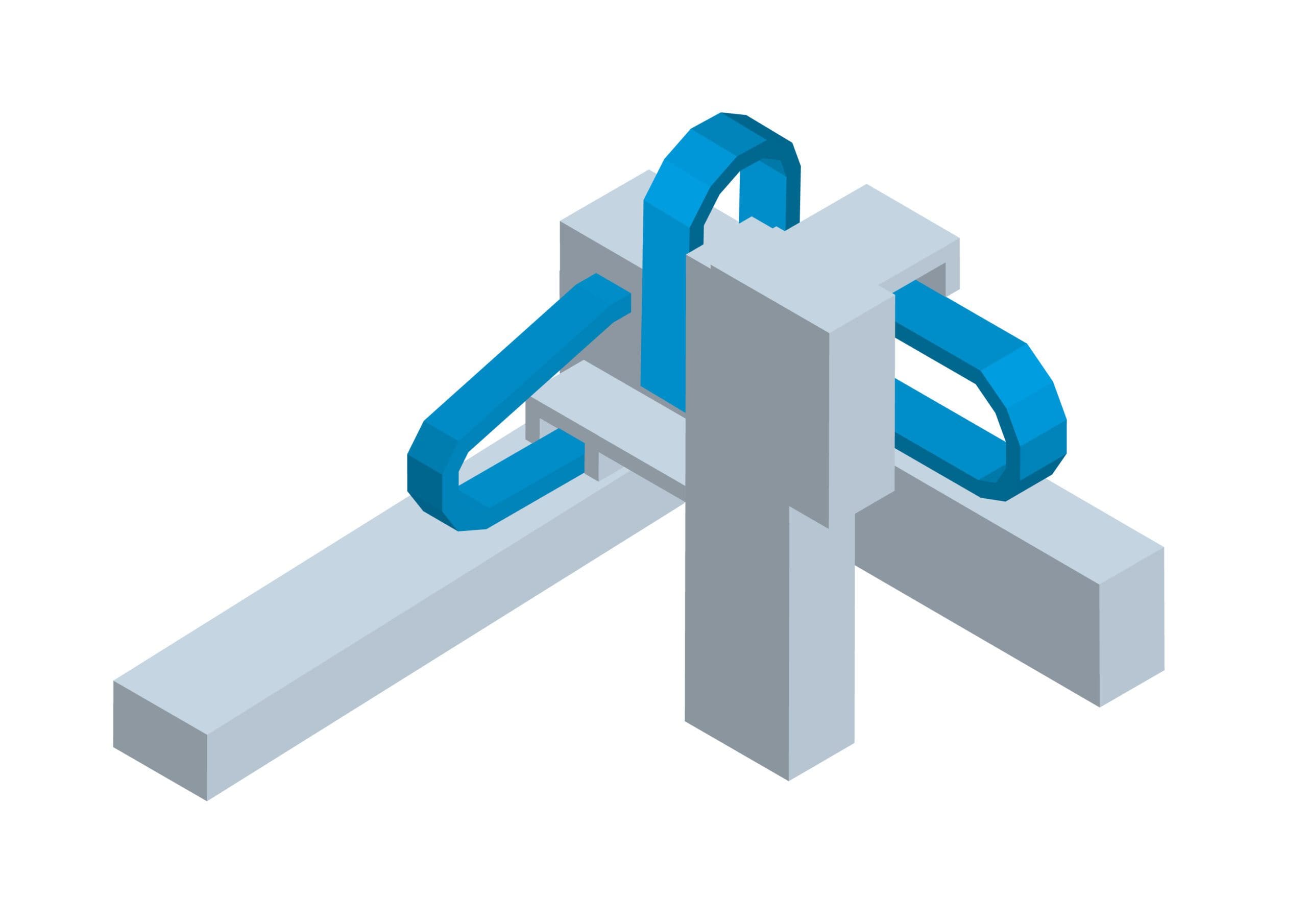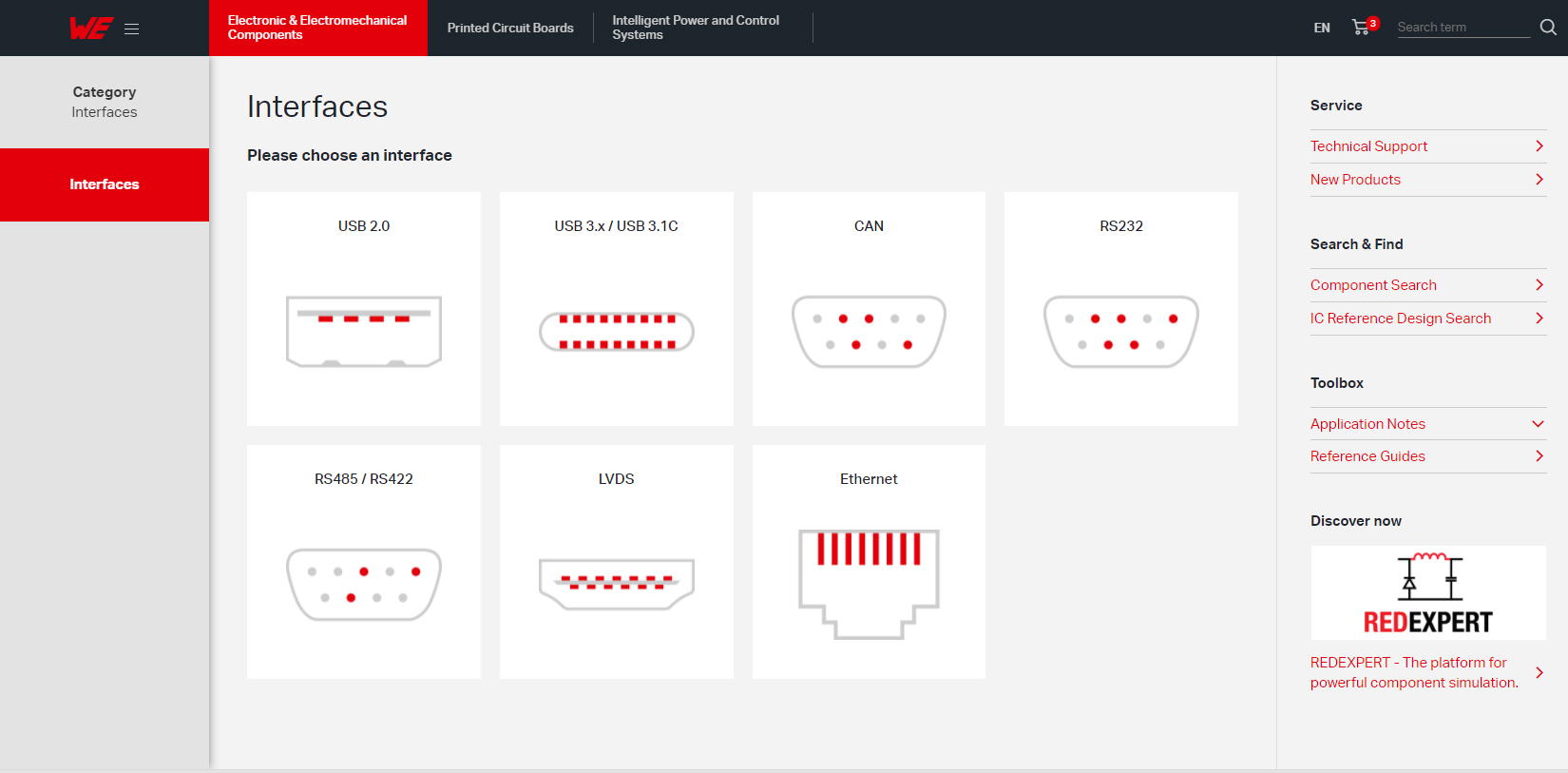By Eric Halvorson, Director of Partnerships Marketing – Digi-Key Electronics Strategic Programs
Adding robots and sourcing the necessary components requires a lot of planning, preparation, and research. Robots come in many shapes and sizes, each providing different strengths depending on its application. In addition, you have to take into account the components and equipment.
tool end
End-of-arm tooling (EOATs), or end effectors, are the most important part of the robot. This is where the work is done. Selection of the right components will determine the effectiveness of the robot in your application.
EOAT can stand for tongs, welding guns, sprayers, grinders, waterjet cutting, and much more. There are basic EOAT products that can be purchased in a ready-to-use format, and there are also highly customized products designed by the manufacturer to customer specifications.
Artificial vision inspection systems
Robots have come a long way in how they work. In the past, robots were programmed to move from coordinate to coordinate without the ability to move away from a programmed path and were unable to adapt to products that were not where the robot expected them to be. Robots today are equipped with one or more cameras connected to a computer, allowing the robot to react to products that vary in shape and size and are outside of their pre-programmed location. Today's vision systems can detect color, shape, dimensions, temperature, and much more. They are now widely used for grading and quality inspection with much more precision than their human counterparts.
Because robot vision systems are so versatile and flexible, choosing the right vision system for your application can be difficult. To narrow the search, some basic considerations must be taken into account:
2D vs. 3D: If your robotics application needs to simply pick up a part and move it to another location with high repeatability, then 2D is most likely your best option. However, if the robot needs to distinguish orientation and even select from an assortment of parts, then 3D is a better option. Another consideration is processing speed. Although some cameras can process the images internally, if the robot requires quick part identification and is moving quickly to move the product from one location to another, it will most likely need an external processor.
Camera: Different types of cameras are required depending on the machine vision role, which may include quantity or count inspections, foreign matter or defect inspections, dimension inspections, or position inspections.
Security considerations
There are many safety considerations when installing a robot. Here is a sample of the products available to protect workers and equipment:
- In cases where a collaborative robot is used, workers will walk to and around the swing arc of the robot. In these cases, it will be necessary to create zones to determine the speed at which the robot can move. They are often installed with a security scanner, which uses a laser to detect objects within a 360 radius.
- Light curtains detect if an obstruction, such as a person's arm or leg, has entered a field that can cause injury.
- Presence sensing devices, such as mats and operator presence triggers, determine if a person is in a potentially dangerous area and shut down the robot to prevent injury.
There are many things to consider when sourcing robotic components. Digi-Key carries the leading automation brands, robot kits and robotic components that make the world's ideas possible. At Digi-Key, we look forward to seeing what products major automation vendors bring to market, as well as implementing many of these innovations into our own operations to enable future scalability and success.








